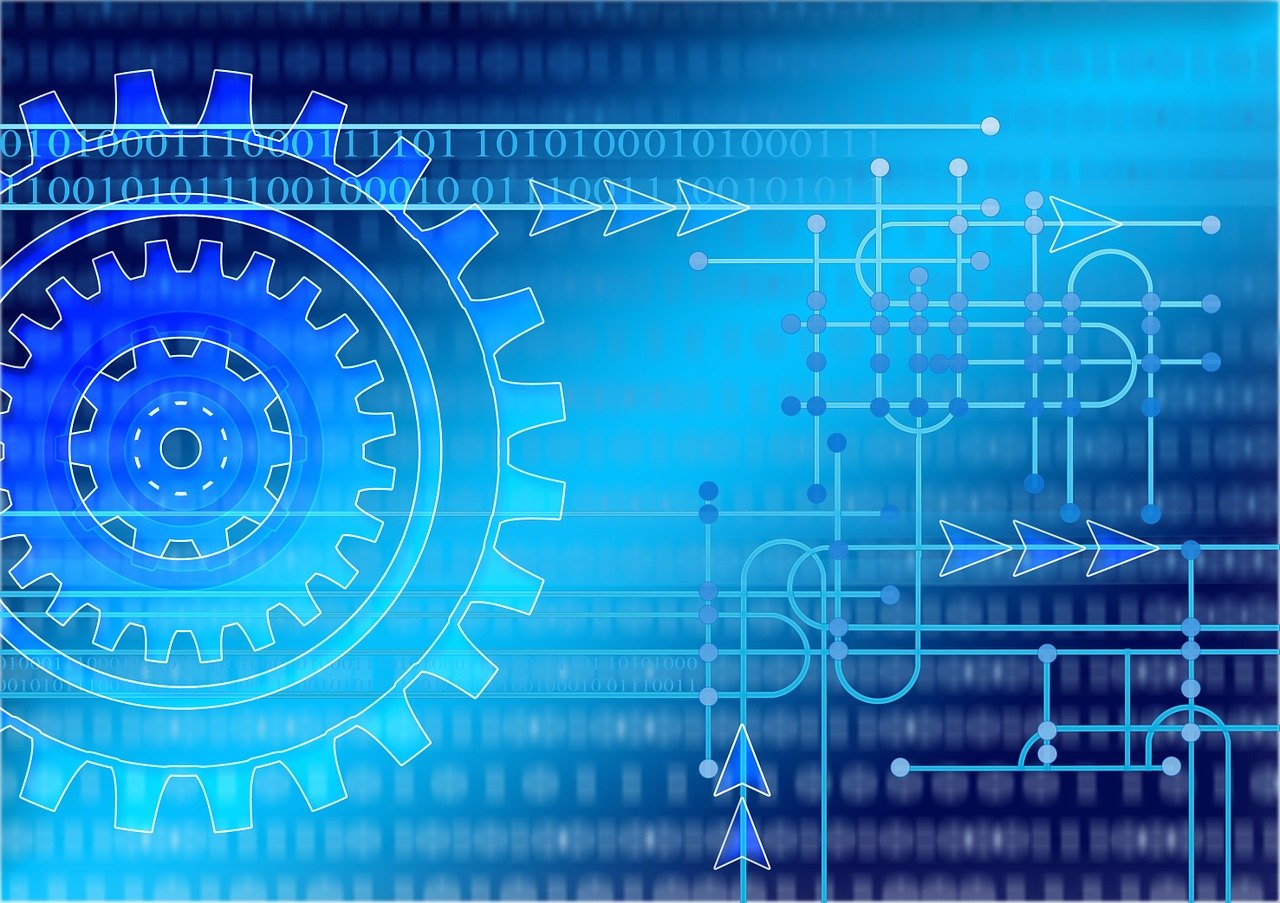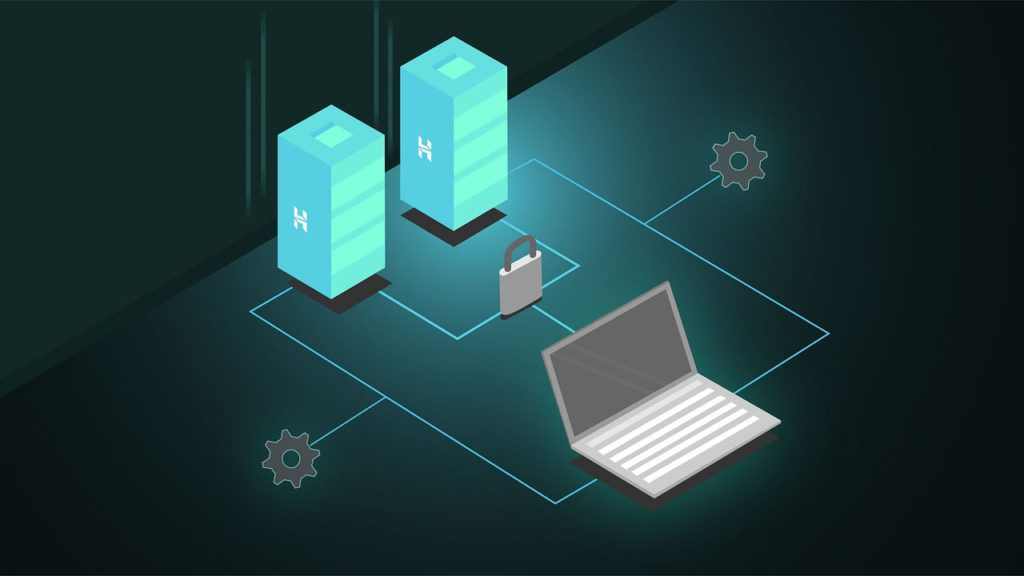Ransomware attacks are a brutal reality in today’s digital ecosystem, holding data hostage and leaving organizations in a quandary. The repercussions extend beyond immediate financial distress, plunging operations into disarray and tarnishing reputations.
Amidst this crisis, the quest for a sturdy shield to guard critical data has intensified. A standout solution is the Write Once, Read Many (WORM) archive technology.
By locking data in a read-only format postwriting, WORM denies ransomware the opportunity to encrypt or alter the data, acting as a steadfast guardian. This article unveils how WORM archive technology stands as a robust barricade against the relentless waves of modern ransomware threats, offering a harbor of safety in the turbulent seas of cyber warfare.
Understanding WORM Archive Technology
WORM, an acronym for “Write Once, Read Many,” is a data storage technology that ensures data, once written, cannot be modified or deleted. This means that after the initial data is saved to a WORMenabled storage device or system, it becomes permanent and immutable.
Historically, the concept of WORM originated with optical disks, where data could be written once and then read multiple times without the risk of alteration. Over time, this principle has been adapted and integrated into more advanced digital storage solutions, especially as the need for tamperproof data storage has grown in importance.
In the context of cybersecurity, the WORM Archive serves as a safeguard against unauthorized changes. Whether these changes stem from internal errors, malicious intent, or ransomware attacks, WORM ensures that the original data remains intact and accessible.
For organizations looking to implement advanced data storage management solutions, ShareArchiver’s tools provide robust storage options and integrate features that align with the principles of WORM technology. Such platforms ensure that data remains accessible and protected, catering to the modern needs of businesses in the digital age.
How Does WORM Archive Work?
The fundamental principle behind WORM Archive is straightforward: once data is written to a storage medium, it becomes read-only. Any attempts to modify, overwrite, or delete the data are prevented.
When data is saved to a WORMenabled storage system, the system assigns specific metadata to the data. This metadata acts as a protective seal, signaling that the data should not be altered in any way. The system will automatically block any subsequent attempts to change the data.
This unalterable nature of WORM storage is especially valuable in scenarios where data integrity is paramount. For instance, in regulatory environments where records must be kept unchanged for a set period, WORM Archive ensures compliance by preventing any unauthorized alterations.
In the face of ransomware, which typically seeks to encrypt and alter data for ransom, WORM Archive stands as a barrier. Even if ransomware infiltrates a system, the data stored in a WORM environment remains untouched, ensuring that critical information is always available and uncompromised.
Ransomware Threats in Today’s Digital Landscape
Ransomware has rapidly emerged as one of the most pressing cybersecurity threats. Unlike other forms of malware that might steal or corrupt data, ransomware’s primary goal is to lock users out of their data and demand payment for its release.
Several factors contribute to the rise of ransomware:
- Ease of Deployment: With ransomwareasaservice platforms available on the dark web, even individuals with limited technical knowledge can launch attacks.
- Profit Motive: Ransomware attacks can be highly profitable, with some organizations paying significant sums to regain access to their data.
- Anonymity: Cryptocurrencies like Bitcoin provide attackers with a means to receive ransoms anonymously, making it challenging for authorities to trace and apprehend culprits.
- Target Diversity: While initially targeting individuals, recent trends show an increase in attacks on businesses, municipalities, and critical infrastructure, where the stakes and potential payouts are higher.
The evolving nature of ransomware means that traditional defensive measures, like antivirus software or firewalls, might not always be sufficient. This underscores the importance of proactive measures, like WORM Archive, that can provide an added layer of protection.
The Role of WORM Archive in Ransomware Protection
WORM Archive’s primary strength lies in its ability to maintain data integrity, making it a potent tool against ransomware threats. Here’s how WORM Archive plays a pivotal role in ransomware protection:
- Immutable Data Storage
- Data Recovery
- Deterrence Factor
- Regulatory Compliance
Let’s dive into the details of each so that you have a better understanding of them:
Immutable Data Storage:
At its core, WORM Archive ensures that once data is stored, it remains unchanged. This immutability means that even if ransomware attempts to encrypt or alter the data, the original files in the WORM storage remain unaffected.
Data Recovery:
In the event of a ransomware attack, organizations can rely on their WORMprotected data as a trustworthy backup. Since the data is unaltered, it provides a reliable source for recovery, eliminating the need to pay ransoms.
Deterrence Factor:
Cybercriminals are more likely to target systems where they can cause disruption and ensure payment. Knowing that a system has WORM protection might deter attackers, as they recognize the reduced potential for profit.
Regulatory Compliance:
Beyond ransomware protection, WORM Archive helps organizations meet regulatory requirements that mandate the preservation of certain records in an unaltered state for specified durations. Regulations such as GDPR and HIPAA have stringent requirements for data handling. Leveraging the tools designed for achieving GDPR and HIPAA compliance can greatly simplify this process.
Beyond the foundational protection offered by WORM Archive, organizations are increasingly recognizing the value of specialized archiving solutions. Utilizing a File Server Archiving Software can further streamline data management, optimize storage, and enhance overall data security. Such integrated solutions work hand-in-hand with WORM principles, ensuring a multi-faceted approach to safeguarding critical data.
Benefits of Implementing WORM Archive
WORM Archive offers a range of advantages that extend beyond the realm of cybersecurity:
- Operational Efficiency: With data locked in its original state, organizations can streamline their operations, knowing that the foundational data they rely on remains consistent and unaltered.
- LongTerm Data Reliability: As digital storage mediums age, there’s always a risk of data degradation. WORM Archive ensures that the integrity of data is maintained over extended periods, making it a reliable choice for long-term storage.
- Reduced Administrative Overhead: With WORM Archive in place, there’s less need for frequent data audits and checks. The system guarantees data consistency, reducing administrative tasks related to data verification.
- Enhanced Stakeholder Confidence: Implementing advanced data protection measures like WORM Archive can bolster an organization’s reputation. Stakeholders, partners, and clients can have greater confidence in an organization’s commitment to data integrity.
- FutureProofing Data Strategy: As data regulations and threats continue to evolve, having a WORM Archive in place positions organizations to adapt more readily to future challenges, ensuring that their data strategy remains robust and resilient.
By integrating WORM Archive into their data management systems, organizations can enjoy many benefits that enhance their operational capabilities and strategic positioning in an increasingly data-driven world.
Challenges and Considerations
While WORM Archive offers numerous benefits, it’s essential to understand its limitations and the considerations required for effective implementation:
Flexibility Limitations:
The very nature of WORM—preventing data alteration—can pose challenges in scenarios where data needs to be updated or corrected. Organizations must strike a balance between data immutability and the need for flexibility.
Implementation Costs:
Setting up a WORM Archive system, especially in large organizations with vast amounts of data, can be resource-intensive. It’s crucial to weigh the initial costs against the long-term benefits.
Data Retrieval Times:
Depending on the specific WORM storage solution, there might be variations in data retrieval speeds. Organizations should consider their data access needs when choosing a WORM system.
Integration with Existing Systems:
Not all WORM solutions may seamlessly integrate with an organization’s existing IT infrastructure. Proper planning and potentially additional investments might be required to ensure compatibility.
Duration of Data Retention:
While WORM ensures data remains unaltered, organizations must decide on the duration for which data is stored in a WORM state, especially considering regulatory and operational needs.
Integration with Other Security Measures
While WORM Archive is a powerful tool in the cybersecurity toolkit, it’s most effective when integrated with a broader security strategy:
Multi-Layered Defense:
WORM Archive should be a part of a multi-layered defense strategy, which might include firewalls, intrusion detection systems, and anti-malware software. Each layer adds an additional barrier against potential threats.
Backup Solutions:
Even with WORM Archive in place, regular backups are essential. Backups ensure that there’s a separate copy of the data available for recovery in the event of data loss or system failures.
User Access Control:
Restricting who can write data to the WORM system is crucial. Implementing strict user access controls ensures that only authorized personnel can add data, reducing the risk of internal threats or errors.
Regular Security Audits:
Periodic security audits can identify potential vulnerabilities in the system. These audits can ensure that the WORM Archive and other security measures are functioning as intended.
Another pivotal aspect of a comprehensive security strategy is the encryption of archived data. Leveraging robust encryption methods, such as AES-256 encryption for archiving, ensures that even if data is accessed by unauthorized entities, it remains indecipherable and secure.
Employee Training:
Human error remains a significant security risk. Regular training sessions can ensure that employees know best practices and the importance of the WORM system.
Conclusion
In an era where data breaches and ransomware attacks are becoming increasingly common, organizations must be proactive in their approach to data protection. With its promise of unalterable data storage, WORM Archive presents a compelling solution to many of the challenges posed by modern cybersecurity threats.
While it’s not a standalone solution, WORM Archive can significantly bolster an organization’s defenses when integrated into a broader security strategy. As we navigate the complexities of the digital age, tools like the WORM Archive will be indispensable in ensuring data integrity, building trust, and safeguarding the invaluable digital assets that drive our world forward.









